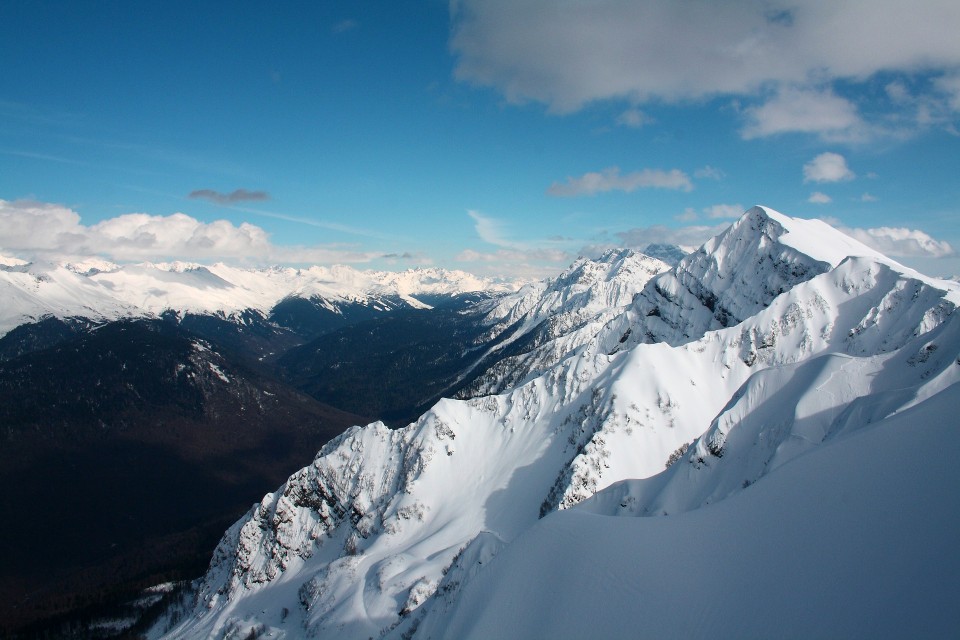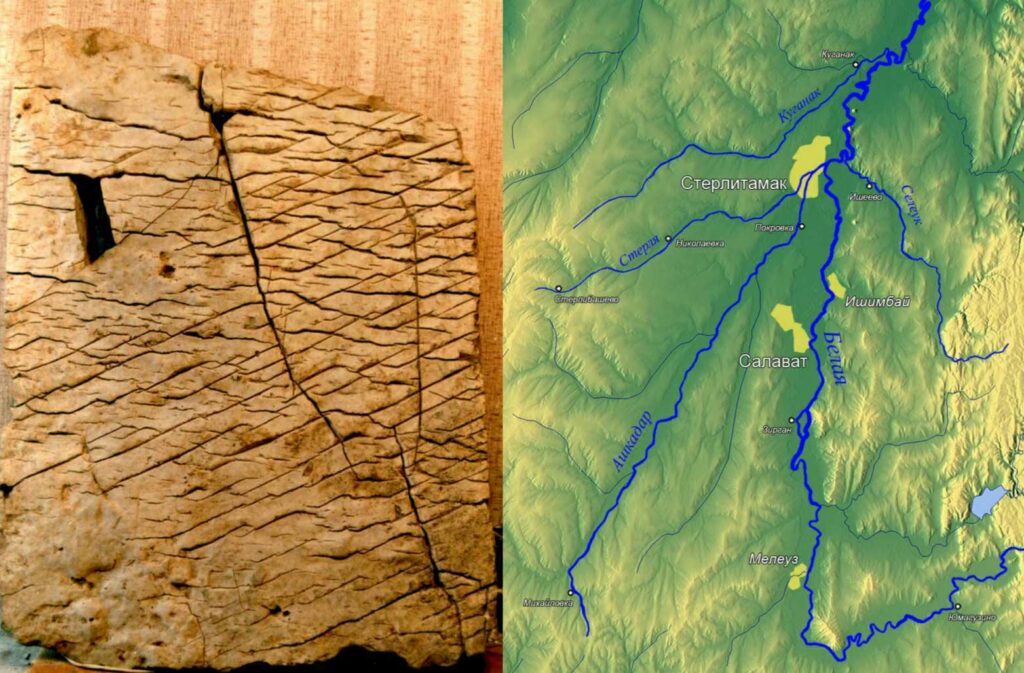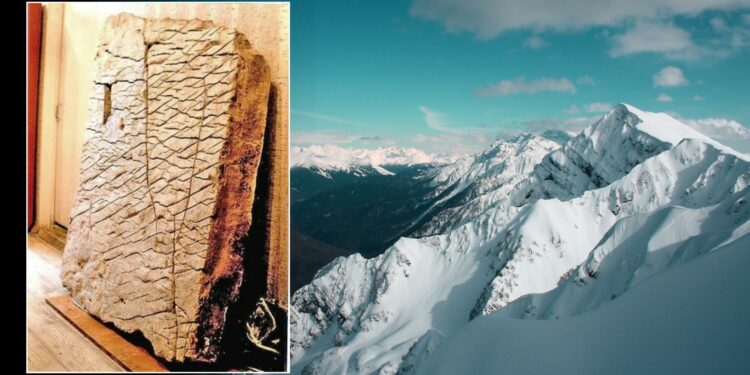The Ural Relief Map appears to be the most tremendous and indisputable regarding inexplicable riddles. Aleksander Chuvyrov, a Professor of Mathematical and Physical Science at Russia’s Bashkir State University, began researching Chinese migrant migration to Siberia and the Urals in 1995. He came across an 18th-century story of a series of unusual white slabs scribbled with vague language during his study.

The Ural Relief Map, often known as “The Map of the Creator,” was the stone Chuvyrov saw. It depicted a relief scale of the entire southern Urals. The “Dashka Stone,” now known, shows the Bella, Ufimka, and Sutolka rivers and the Ufa canyon.
After additional examination, it was discovered that the map depicted a massive irrigation system that had two 500-meter-wide channel networks and 12 dams that were each 400 meters wide, 10 kilometers long, and 3 kilometers deep. It is estimated that one quadrillion cubic meters of earth were displaced to construct the dams!

The slab was made up of three layers. The base was 14cm thick dolomite, the second was a diopside glass previously unknown to science, and the third was a protective coating of calcium porcelain.
“It should be recognized,” Chuvyrov stated, “that the relief was not created manually by an old stonecutter.” It’s just not conceivable. The stone has been machined.” Precision tools were used, as evidenced by X-ray photocopies. Because of the roughness of the areas around the map’s perimeter, many academics believe the map is part of a more extensive artifact: a relief map of the entire earth.

If the Creator’s Map is genuine, it suggests the existence of a long-ago civilization with advanced technology. According to researchers, a three-dimensional map of this order could only have been used for navigation. The Dashka stone is still undergoing scientific testing and is not currently open to the public.
So, what exactly is the reality of the Ural Relief Map? Is it God’s long-forgotten blueprint? Is it a map of extraterrestrial resources from the distant past? Is it a natural rock formation or something else? Many intriguing questions like these remain unanswered to this day.























